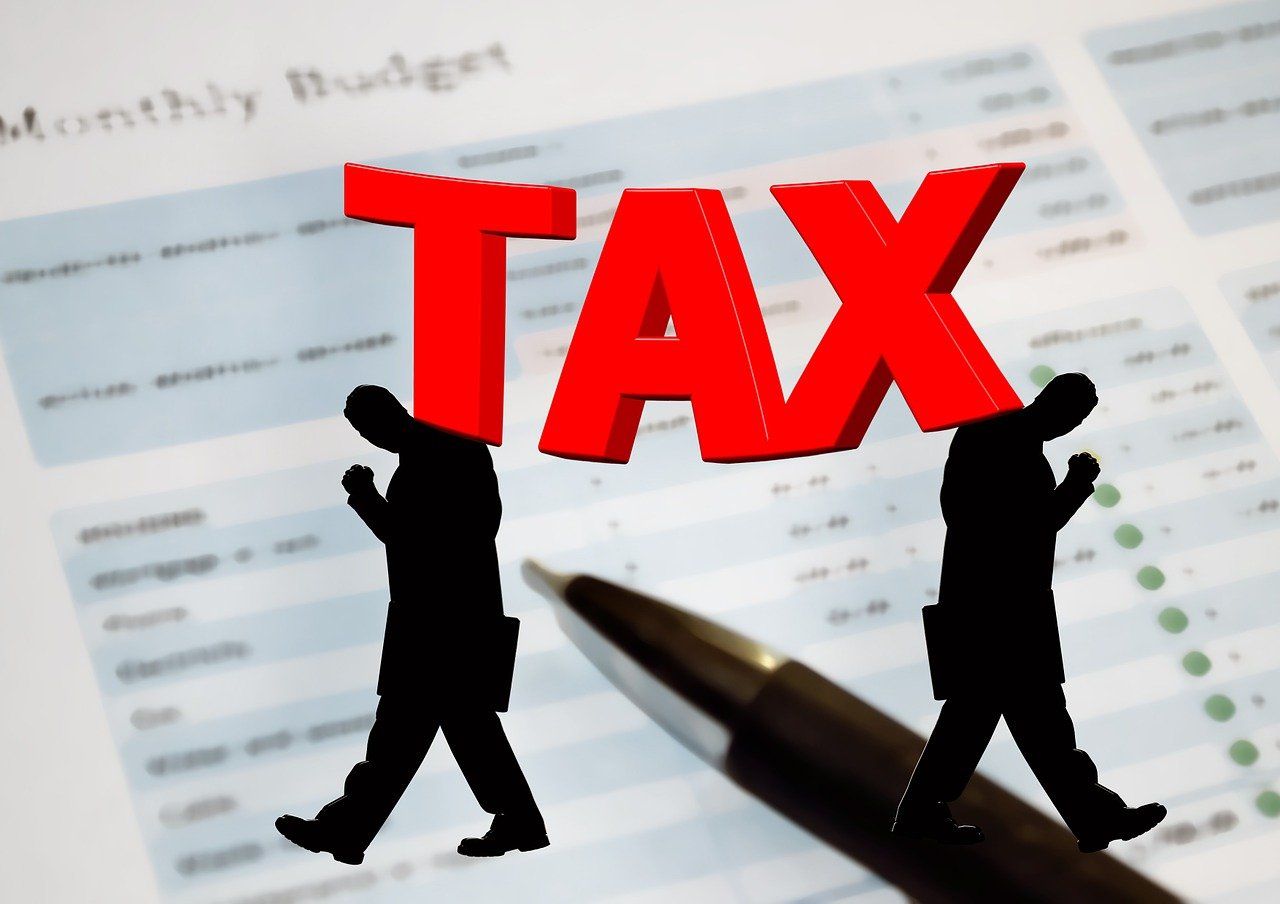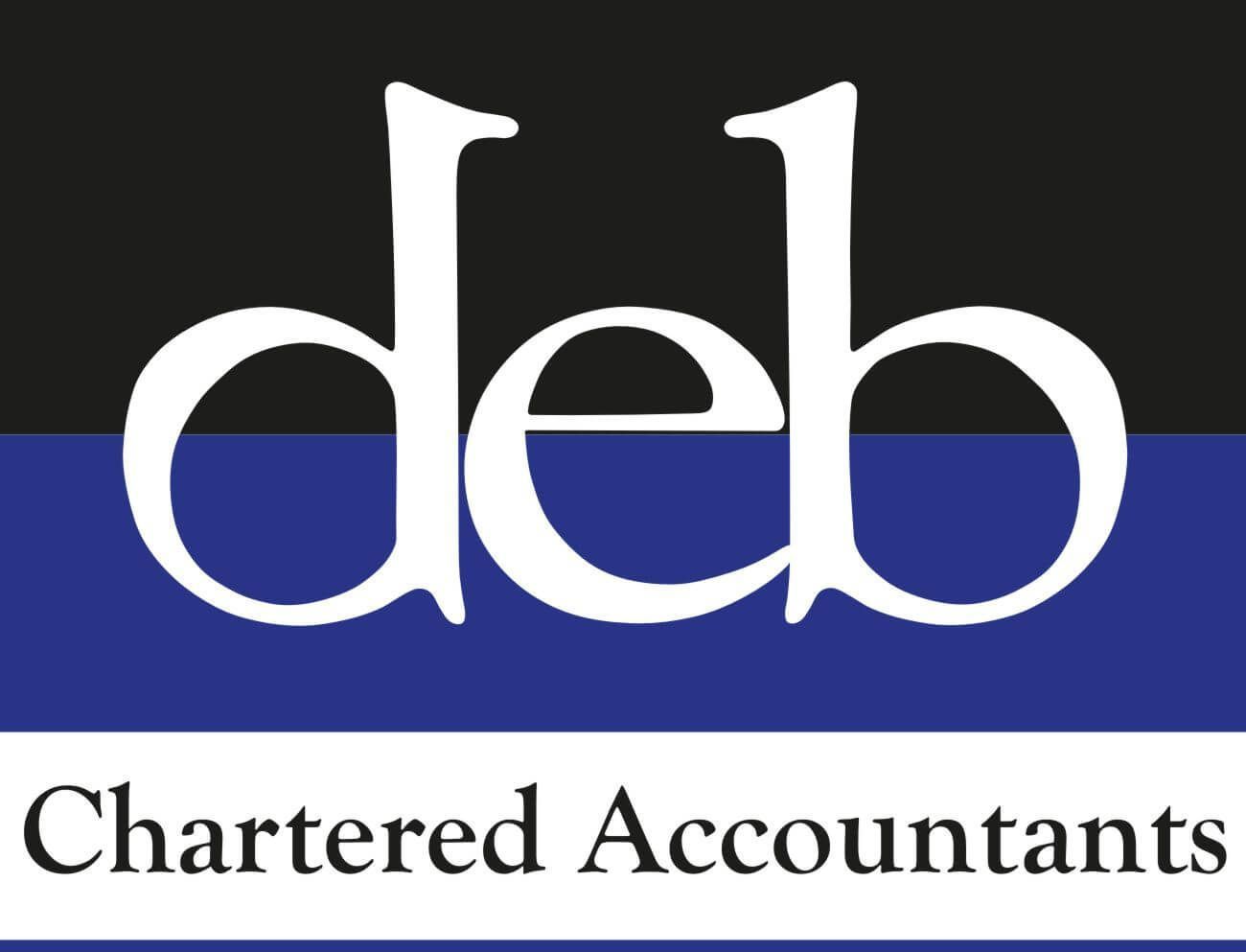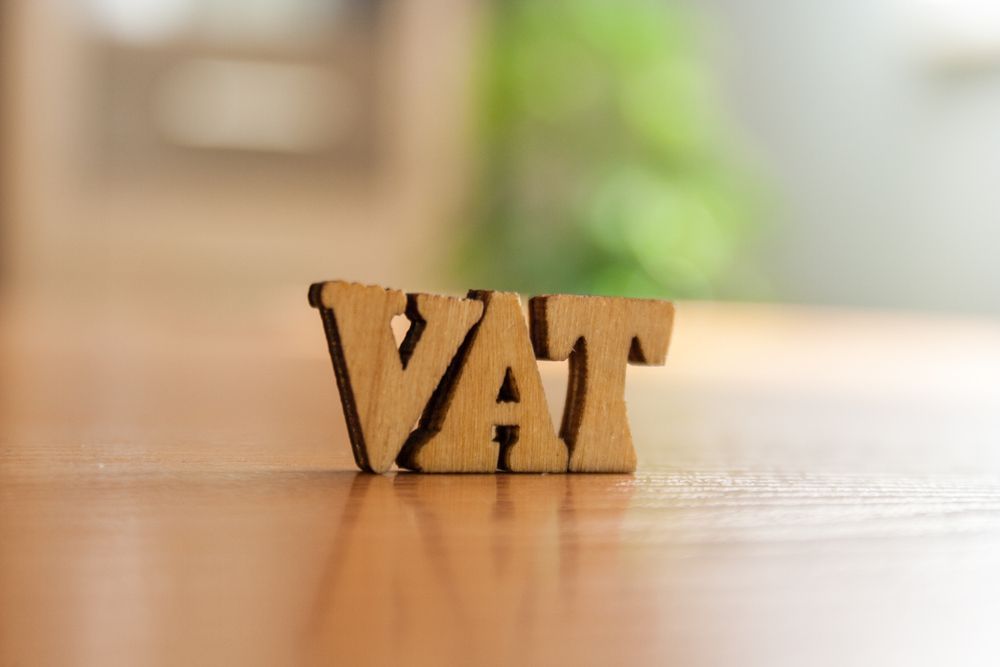Compatible with Making Tax Digital
Deb Chartered Accountants, established 1980
Tele: 01226 245824
FREE Bookkeeping Software for DEB Clients
Compatible with Making Tax Digital
Client Personal Communication and Resource Portal
Tax Tips for Company Directors: The Perfect Salary-Dividend Mix for 2024-25
Optimal Salary and Dividend Strategy for 2024-25: What You Need to Know

The 2024 Spring Budget introduced key changes that company directors must consider when determining the ideal salary and dividend combination. While previous years followed a more straightforward approach, adjustments to National Insurance (NI) rates and corporation tax brackets make the 2024-25 tax year slightly more complex.
This guide will explore why small business owners often use a combination of salary and dividends, the tax benefits of each, and provide examples of how to structure these payments effectively in the 2024-25 tax year.
Why Use Salary and Dividends?
Many limited company owners pay themselves a blend of salary and dividends to maximize tax efficiency.
- Dividends: They are not subject to National Insurance contributions (both employee and employer), making them more tax-efficient than salaries. However, dividends must come from post-tax profits, which means corporation tax is paid first.
- Salary: Salary is a tax-deductible expense, reducing the company's taxable profits and, therefore, its corporation tax liability. However, salaries are subject to income tax and National Insurance once they exceed a certain threshold.
What Worked in 2023-24?
In the 2023-24 tax year, the general recommendation was for a director to pay themselves a small salary of £9,100. This figure aligns with the Secondary National Insurance Threshold, ensuring no employer NI contributions are triggered.
For companies with multiple directors (like husband-and-wife businesses), each director could receive a salary of £12,570, which is the Personal Allowance. These businesses could claim the Employer’s Allowance, allowing them to avoid paying employer NI on the first £5,000 of salary.
Dividends would make up the rest of the director’s income.
What’s Changed for the 2024-25 Tax Year?
- National Insurance Rate Changes: Starting April 6, 2024, the lower rate of employee National Insurance drops from 12% to 8%. This affects how much salary can be withdrawn before NI becomes a significant factor.
- Corporation Tax: Full implementation of the new corporation tax rates means:
- Companies with profits under £50,000 pay the lower rate of 19%.
- Profits between £50,000 and £250,000 are subject to a 26.5% effective tax rate.
- Companies with profits over £250,000 pay 25%.
Key Strategies for 2024-25
Scenario 1: Company Profits Under £50,000 (Taxed at 19%)
If your company’s profits remain below the £50k threshold, the most efficient strategy involves:
- Salary: Keep your salary at £9,100. This amount is below the Secondary NI Threshold, meaning no employer or employee NI is due. Additionally, it is below the personal allowance, ensuring no income tax is payable either.
- Dividends: After taking a salary, withdraw the rest of your income via dividends. Since dividends are only taxed above a £500 dividend allowance, this structure remains highly tax-efficient.
Example:
Profits: £40,000
Salary: £9,100 (no NI or income tax)
Dividends: £30,900 (post-corporation tax), with the first £500 dividend tax-free, and the remainder taxed at the relevant dividend rate.
Scenario 2: Company Profits Between £50,000 and £250,000 (Taxed at 26.5%)
For companies whose profits exceed £50,000 but do not reach £250,000, the tax-efficient approach might involve increasing your salary to reduce taxable profits.
- Salary: In this case, it may be beneficial to increase your salary to reduce company profits to £50,000 (keeping them under the higher tax bracket).
- Dividends: After deducting your salary, pay dividends from the remaining post-tax profits.
Example:
Profits: £75,000
Salary: £25,000 (to reduce profits to £50,000), which might be tax-efficient if you can claim the Employer’s Allowance.
Dividends: The rest of your income is withdrawn through dividends from post-tax profits.
Scenario 3: High-Earning Companies (Profits Over £250,000)
If your company earns more than £250,000, you are subject to the highest corporation tax rate (25%). In this case:
- Salary: Continue to pay yourself a salary within tax-efficient limits (£9,100 or £12,570 if using Employer’s Allowance).
- Dividends: The remainder of your income should be taken via dividends, although the high profits mean a larger portion will be subject to a higher tax rate.
Additional Considerations
- Employer’s Allowance: If your company has more than one employee, such as a spouse or partner, you may be able to claim the Employer’s Allowance. This allowance lets you avoid paying the first £5,000 of employer’s NI, which can allow for higher salary payments.
2. Pension Contributions: Some directors may prefer to extract profits via pension contributions instead of dividends or salary. Pension contributions are also tax-deductible and can be a way to reduce taxable profits.
3. Personal Tax Rate: If you have additional sources of income (e.g., a salaried position outside your company), you may be in a higher personal tax bracket. In this case, dividends may become less tax-efficient, and alternative strategies, such as retaining profits in the company or investing in a pension, may be more attractive.
Conclusion
The 2024-25 tax year brings several changes that affect the optimal salary and dividend blend for company owners. For those with profits under £50,000, the classic strategy of a small salary and dividends remains tax-efficient. However, for companies with higher profits, increasing salaries to reduce taxable profits or utilizing the Employer’s Allowance may be more beneficial.
Each company’s situation is unique, and it’s essential to consult with an accountant to tailor a strategy that maximizes tax efficiency based on your circumstances. Keep in mind that adjustments might be needed closer to the year-end to fine-tune your approach.
If you need any help or advice relating to Optimal Salary and Dividend Strategy for 2024-25, please contact us on 01226 245824. Or email davideb@deb-accountants.co.uk














